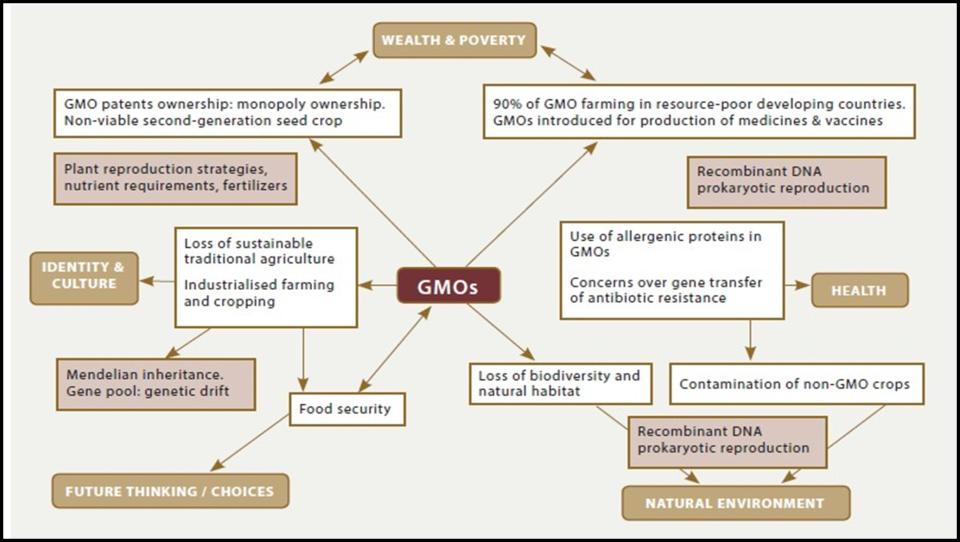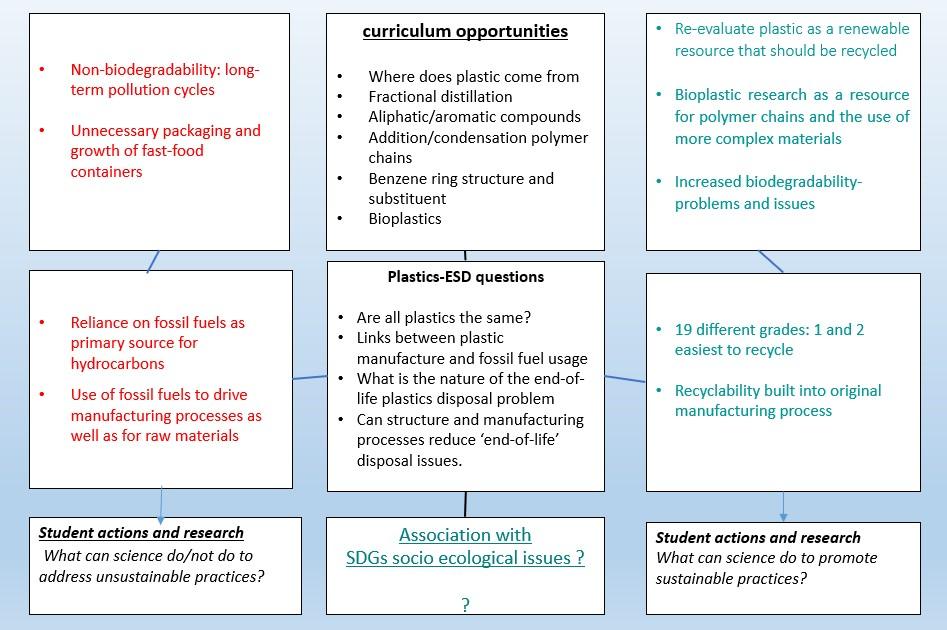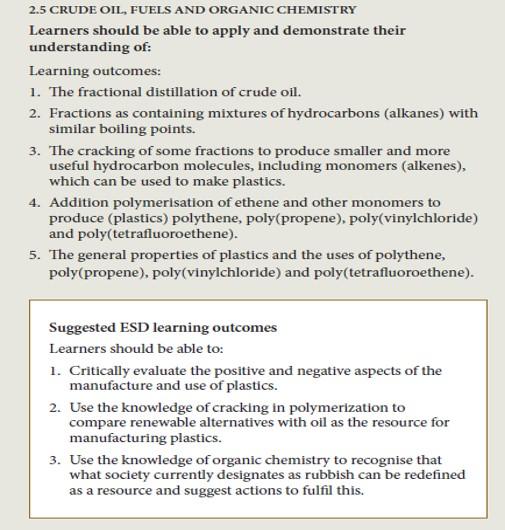
Match sustainability learning outcomes to specific curricula to achieve SDG 4.7

Most curriculum designers work to a brief that is focused on knowledge transfer within the confines of a particular subject and emphasises subject-specific learning outcomes and assessment criteria.
Although curricula often include sustainability issues as discussion points, rarely does this contribute to achieving specified learning outcomes and fulfilment of assessment criteria. This dilutes the importance and effectiveness of education for sustainable development – SDG 4.7 – within a given curriculum.
- Studying sustainability by applying systems thinking to news stories
- The dos and don’ts of creating a large-scale sustainability module
- Supporting student action on sustainability
Few demands are made of learners to contextualise sustainability issues in terms of the subject(s) being studied. Understandably, in a time delimited and possibly crowded curriculum focused on attaining qualifications, students and mentors will prioritise successful achievement of learning outcomes to the detriment of non-assessed education for sustainable development.
The strategies outlined here show how to embed learning outcomes linked to education for sustainable development alongside subject-knowledge learning outcomes. This achieves the twin goals of advancing SDG 4.7 while enhancing the depth of subject knowledge.
Guiding principles for embedding SDG 4.7 into curricula
Key topics such as “peace and conflict” or “global environmental change“, “social justice” and “gender equality” cannot be addressed from the perspective of a single subject. This means there is no single recipe for embedding education for sustainable development into curricula. Nevertheless, there are principles that may serve as a guiding framework.
- Ensure sustainability issues are defined and discussed in local contexts, taking into account learners’ experiences and cultural identities while remaining connected with global impacts
- Promote critical evaluation of sustainability issues from multiple viewpoints
- Expand global and societal awareness by promoting whole-systems thinking
- Encourage learner-centred research using growing subject-specific knowledge
- Emphasise the interconnectedness and multivariate nature of SDG issues
- Connect “issue-centric” education for sustainable development within course content and assessment frameworks.
Strategies and tools
Education for sustainable development aims to enable learners to engage with sustainability issues using the benefits of knowledge gained from all their learning experiences. The need for fully integrated curricula accommodating sustainability issues is clearly overdue. This requires a refocusing of priorities to achieve a truly multidisciplinary cross-curricular approach, in two steps:
1. Identify curriculum opportunities for embedding education for sustainable development.
2. Align education for sustainable development with core subject learning outcomes in curriculum.
Step 1: Mapping out opportunities for embedding education for sustainable development
Sustainability issues are identified as relevant themes, and the interconnectedness of their causes and impacts are aligned with relevant subject knowledge. This extends the acquisition of subject-specific knowledge into associated sustainability issues and allows for connection with relevant SDGs and enables cross-curricular multidisciplinary evaluation of the issues.

Figure 1 shows how curriculum design may take a thematic or issue-centric approach to a prescribed topic, for example genetic modification in a biology programme, to map out possibilities for matched learning outcomes to include and expand the scope of education for sustainable development within curriculum specifications.

Figure 2 provides a similar approach to pre-planning and guiding curriculum-led integration of education for sustainable development and subject knowledge. The centre column shows links between prescribed curriculum topics and education for sustainable development issues in the context of “plastics in the environment, their manufacture and disposal”. The left-hand column identifies the negative aspects of plastics manufacture and use, whereas the right-hand column takes a positive approach in terms of actions that might be taken.
Step 2: Align education for sustainable development and core subject learning outcomes in curriculum design
Learning outcomes are closely associated with assessment, and assessment is closely associated with the value placed on key aspects of the subject by educators and learners. For effective curriculum-led education for sustainable development, it is important this is closely aligned with subject-specific learning outcomes.
Different subjects make different demands of curricula and provide different opportunities. The examples here are drawn from science programmes. However, these four overarching principles underpin good practice regardless of subject matter:
• Use “issue-centric” and thematic strategies to embed education for sustainable development and general curriculum linked learning outcomes and assessment strategies
• Create opportunities within the curriculum subject material for aligning subject-specific learning outcomes with education for sustainable development learnings outcome
• Include interdisciplinary links and share learning outcomes with other subjects (curricula) in a move towards a wider integrated curriculum that assesses sustainability issues concurrently with subject knowledge
• Create opportunities within the curriculum for student-led research linking subject knowledge with education for sustainable development issues associated with matched learning outcomes.

Table 1 demonstrates how this can be done in practice.
As students become more proficient in subject knowledge, they can apply this knowledge to research the issues in the context of their subject. Ideally, fully integrated curricula with matched learning outcomes allow for a multidisciplinary understanding of sustainability problems and foster the student’s ability to research potential solutions to these without detracting from acquiring essential subject knowledge.
Ron Johnston is an independent academic and research fellow focused on education for sustainable development, who co-authored the Unesco publication “Textbooks for sustainable development – a guide to embedding”. He is a former senior lecturer at the University of South Wales and retains close links with the University of Wales.
If you found this interesting and want advice and insight from academics and university staff delivered directly to your inbox each week, sign up for the THE Campus newsletter.
Additional Links
Read more of Ron’s work in Unesco’s Mahatma Ghandi Institute of Education for Peace and Sustainable Development’s The Embedding Project.
Read about Unesco’s Mahatma Ghandi Institute of Education for Peace and Sustainable Development’s approach to embedding education for peace and sustainable development into curricula.


